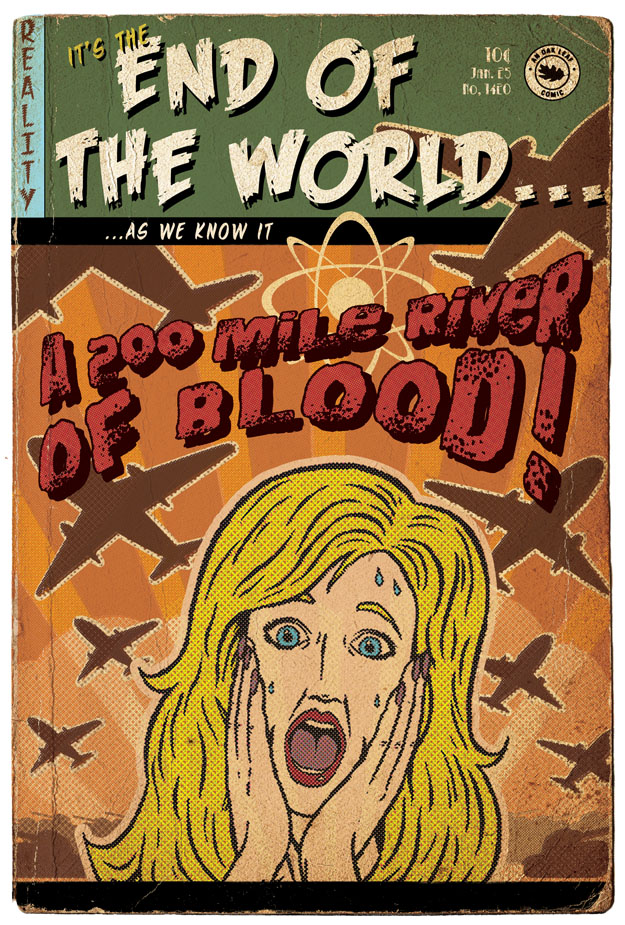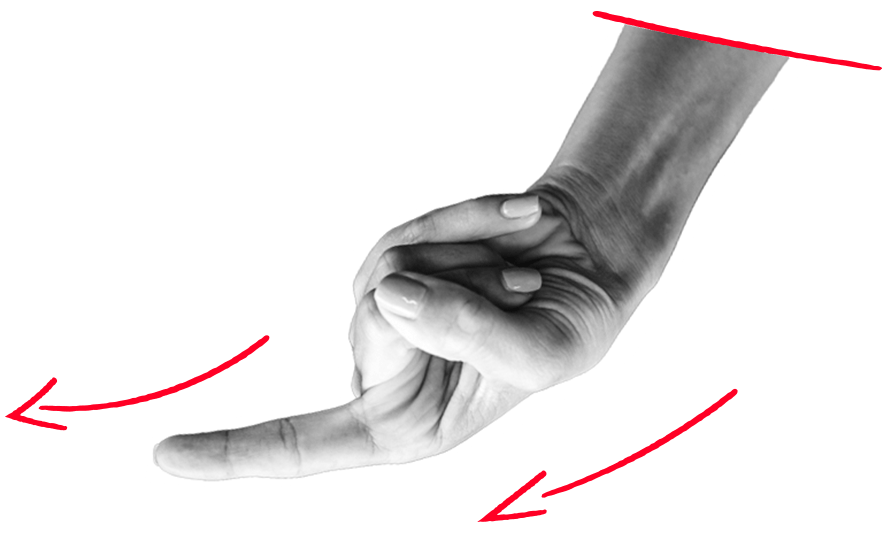
So Gesu was wondering aloud the other day whether negative or positive headlines are more effective. By negative and positive we mean, respectively, the ones that say things like: ‘Ten things you’re doing wrong in your life’ or ‘How to be even more lovely than you are already’. The first, obviously, grabs you by your insecurities, holds a conceptual gun to your head and threatens total and catastrophic failure if you don’t do what the headline wants. The second tries to be your friend and woos you by offering unsolicited advice/help. But they both boil down to the same thing: fear.
Wouldn’t it be nice if everyone was nice?
Judging by some discussions on LinkedIn’s forums, marketers don’t like the first type of headline. There’s a sense that it’s a) lazy or b) mean. Or both. It’s as though it counts as cheating. Or like someone’s going to call up your parents to tell them you’ve been bullying your audience. But the analytics we’ve done suggest (albeit tentatively) that the scare-mongering titles produce the most click-throughs. We wrote an eBook and alternated between a positive and a negative-tone headline at random. The negative one got the most reads.
This may not be what people want to hear: it would be nice if it was true that lovely positive headlines made people want to read more, and made them think of your product/brand in a lovely positive way. Perhaps it just seems disappointing that people respond more to being scared. But that’s treating people’s response to advertising as being more cerebral than it actually is. It’s much more visceral than that.
People don’t think ‘Aw, how nice. They must be a really good company’. They think ‘Holy Mary Mother of God I need help!’. Then you can reassure them that help is at hand, and in the absence of divine aid your product or service will do the job just as well. Then they’re so glad you can help they’ll listen to you. Being rescued in the nick of time from the Deadly Flesh-eating Serpent of Doom is a better story. That’s why it works.
Hey, we can be nice… sometimes
At Velocity we use both, depending on the tone and the context. If you’re talking to a hard-bitten marketing cynic with his nose spread across his face and a cauliflower ear, the nice approach won’t work. The marble slab where his heart should be just doesn’t want Butlins-style encouragement. Similarly, the sensible guy who just wants to do his job better probably won’t take too kindly to being shouted at. We tend not to threaten people with poisonous serpents*, but you can’t ignore the fact that putting a small firecracker under your audience’s seat does work, so long as you don’t go overboard. Getting too nasty puts people off. But too much nice and you run the risk of being ignored.
*because the last lot escaped and caused havoc on the Underground
Photo credit:
Oabie

Enjoyed this article?
Take part in the discussion







Comments
There are no comments yet for this post. Why not be the first?